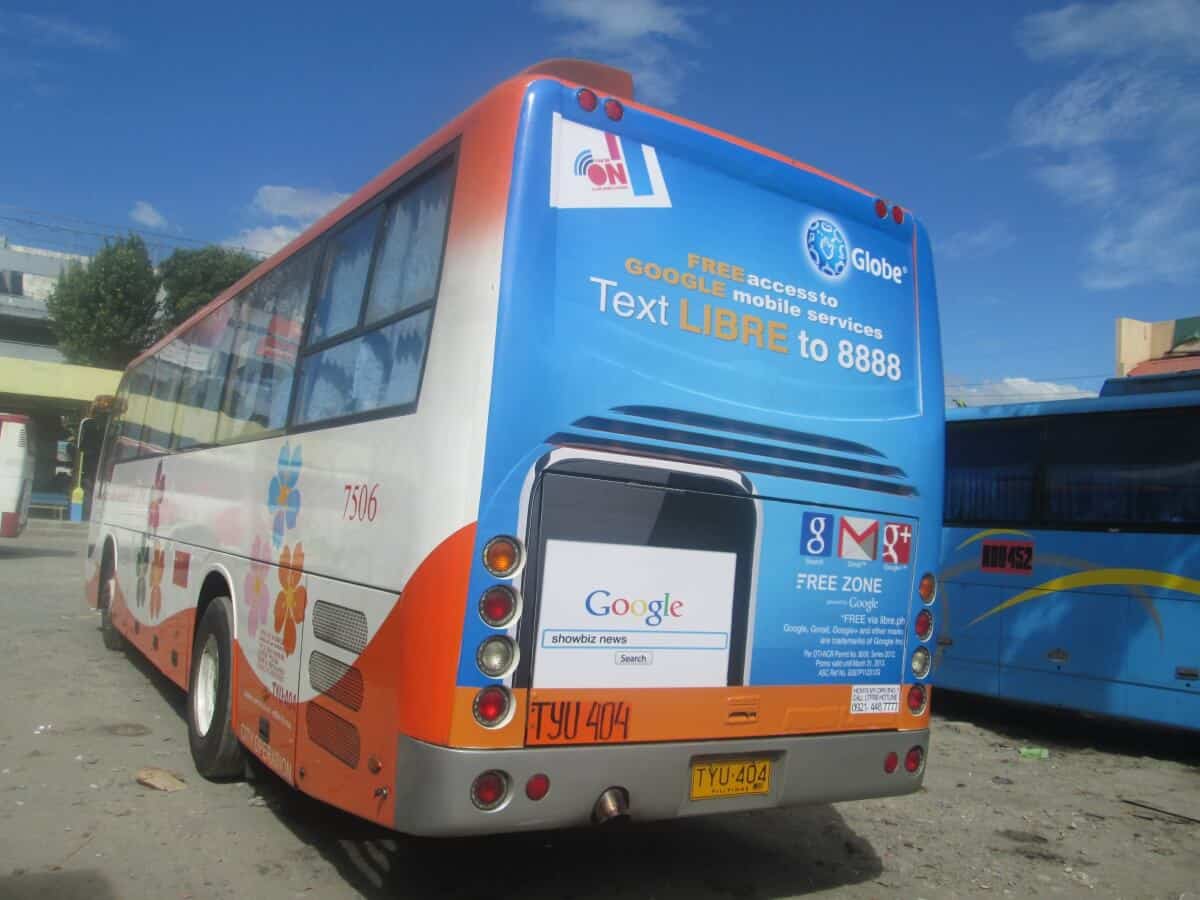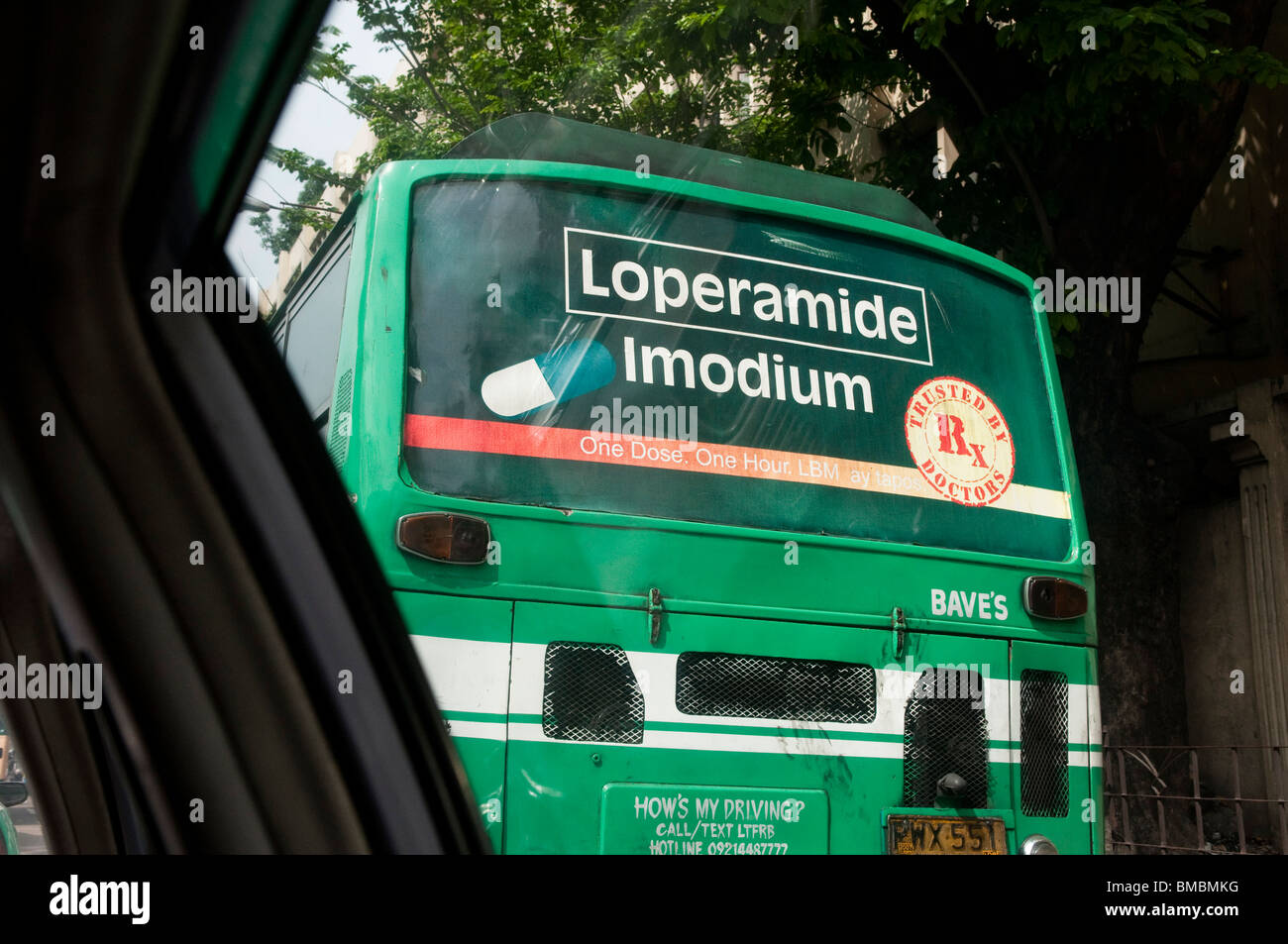Maximize Exposure with Transit Advertising Philippines
Maximize Exposure with Transit Advertising Philippines
Blog Article
Comprehending the Role of Transportation Advertising in Enhancing Brand Name Presence and Customer Engagement
Transit marketing has actually arised as a critical element in the advertising and marketing landscape, offering one-of-a-kind possibilities for brands to raise their exposure and involve consumers effectively. With the capacity to get to a restricted and varied target market throughout their daily commutes, these advertising approaches are not just regarding exposure; they have to do with developing meaningful links with prospective consumers. As we discover the diverse advantages and ingenious techniques within transportation advertising, it becomes essential to consider how these components jointly influence consumer perception and behavior, increasing inquiries about their long-lasting effect on brand loyalty.
Interpretation of Transportation Advertising And Marketing
Transportation advertising and marketing describes the practice of promoting items, services, or brand names via advertisements placed in and around public transport systems. This type of advertising includes a variety of placements, including posters on trains and buses, electronic displays at transit terminals, and wraps on the outside of automobiles. It aims to get to a diverse audience, maximizing the high foot website traffic related to public transportation.
Transportation advertising is purposefully placed to catch the attention of commuters, that often invest significant time waiting or traveling. By integrating advertisements right into the daily routines of individuals, brand names can develop a long lasting perception and foster brand name acknowledgment. The tool is especially reliable in city settings, where public transportation is a primary setting of traveling.
Additionally, transportation marketing can assist in local targeting, enabling companies to get to specific demographics based on transportation paths and terminal areas. As metropolitan populaces grow and using public transport boosts, this advertising approach has actually gained prominence as an important component of integrated marketing strategies. The dynamic nature of transportation advertising, incorporated with its capacity to engage consumers in a captive atmosphere, emphasizes its importance in contemporary advertising methods.
Advantages of Transportation Advertising
The efficiency of transportation marketing hinges on its capability to supply a multitude of benefits to brand names seeking to boost presence and involvement. One of the primary advantages is the considerable reach it uses; transit ads can properly target varied demographics across urban areas, getting to both travelers and pedestrians alike. This wide exposure significantly boosts brand name recognition.
An additional advantage is the high frequency of perceptions. As transportation cars take a trip along established paths and quit at multiple locations, they create recurring exposure that enhances brand messages. This regularity cultivates familiarity, which is essential in consumer decision-making.
Transportation marketing is also cost-effective compared to other media systems. Given its extensive reach and capacity for high impressions, brand names usually experience a reduced price per thousand impacts (CPM), maximizing their marketing spending plan.
Moreover, transportation advertisements can create a feeling of area link. By lining up with local transit systems, brands can resonate with regional target markets and promote a feeling of local pride. This local technique improves brand name loyalty and interaction, making transit advertising a compelling choice for services aiming to solidify their presence out there.

Efficient Techniques for Transit Campaigns
To make best use of the influence of transportation campaigns, brands need to leverage calculated planning and implementation customized to their target audience. Initially, recognizing the group qualities of the audience utilizing public transportation is essential. This enables brands to produce individualized messaging that resonates with prospective customers.
Following, picking the ideal transit mediums is essential. Whether making use of bus covers, metro posters, or digital screens, each tool has unique advantages that can enhance visibility. For circumstances, dynamic visuals on bus wraps can bring in interest, while electronic ads can be upgraded frequently to mirror timely promos.
Furthermore, integrating a natural branding approach across transit systems ensures uniformity and enhances the brand name's identification. Using attractive styles and memorable taglines will certainly strengthen brand name recall among commuters.
By using these strategies, brand names can effectively harness the possibility of transit marketing, cultivating greater recognition and connection with their target audience. Inevitably, a well-executed transit project can drive significant growth in brand name presence and consumer engagement.

Gauging Influence and Interaction
In evaluating the performance of transit ad campaign, accurate measurement of effect and involvement is essential for brand names looking for to maximize their advertising and marketing approaches. Metrics such as reach, regularity, and impressions supply fundamental information to evaluate exposure. Assessing these elements aids establish just how many potential consumers are exposed to the promotions throughout their everyday commutes.
Interaction can be additional determined through consumer communications, such as internet site traffic, official statement social networks discusses, and straight actions to calls-to-action featured in the advertisements. Utilizing tools like QR codes or distinct Links can promote tracking of consumer habits straight linked to transportation campaigns. Studies and feedback devices additionally act as useful methods to gather qualitative information on consumer assumptions and recall of the advertisement.
Furthermore, progressed analytics and acknowledgment designs can correlate transit exposure with subsequent purchasing actions, supplying insights right into the return on investment. By utilizing an extensive strategy that integrates qualitative and quantitative procedures, brands can establish a nuanced understanding of their transportation advertising influence. Ultimately, this data-driven method makes it possible for brands to improve their projects, ensuring they resonate effectively with target audiences and improve general brand name visibility.
Case Studies of Effective Campaigns
Effective transportation marketing campaign offer as engaging examples of exactly how efficient techniques can boost brand exposure and engagement. Transit Advertising Philippines. One remarkable instance is the "I Love New york city" campaign, which changed the city's photo and brought in millions of vacationers. By using subway ads, signboards, and bus wraps, the campaign developed a strong, cohesive brand name identification, resulting in a significant uptick in tourism and local company patronage
An additional exemplary campaign is Coca-Cola's "Share a Coke" initiative, which leveraged transit advertising to individualize the brand name experience. By featuring popular names on advertising materials throughout different transportation systems, Coca-Cola cultivated a much deeper psychological connection with customers, motivating them to share their experiences on social media sites.
Furthermore, the "Got Milk?" project successfully made use of mass transit advertisements to reach a broad target market, reinforcing the message of the importance of milk in a balanced diet. The campaign saw a quantifiable increase in milk intake in target demographics.
These study show that when implemented attentively, transit marketing can dramatically boost brand name exposure, foster customer interaction, and drive measurable outcomes, demonstrating its crucial role in modern-day marketing techniques. Read Full Report - Transit Advertising Philippines
Final Thought
In final thought, transportation advertising serves as a vital tool for boosting brand exposure and cultivating consumer interaction. Eventually, the capability to measure engagement and analyze successful situation research studies emphasizes the effectiveness of transportation advertising and marketing in driving brand commitment and customer interactions.
Transit marketing has emerged as a pivotal component in the advertising landscape, offering special browse around here possibilities for brands to raise their exposure and involve customers successfully.In addition, transit advertising and marketing can promote localized targeting, allowing companies to reach particular demographics based on transit courses and station locations.In assessing the performance of transit advertising projects, precise measurement of impact and engagement is necessary for brand names looking for to optimize their advertising and marketing strategies.Successful transit advertising projects serve as compelling examples of how effective strategies can raise brand presence and involvement.In final thought, transportation marketing offers as an essential tool for improving brand name visibility and cultivating customer involvement.
Report this page